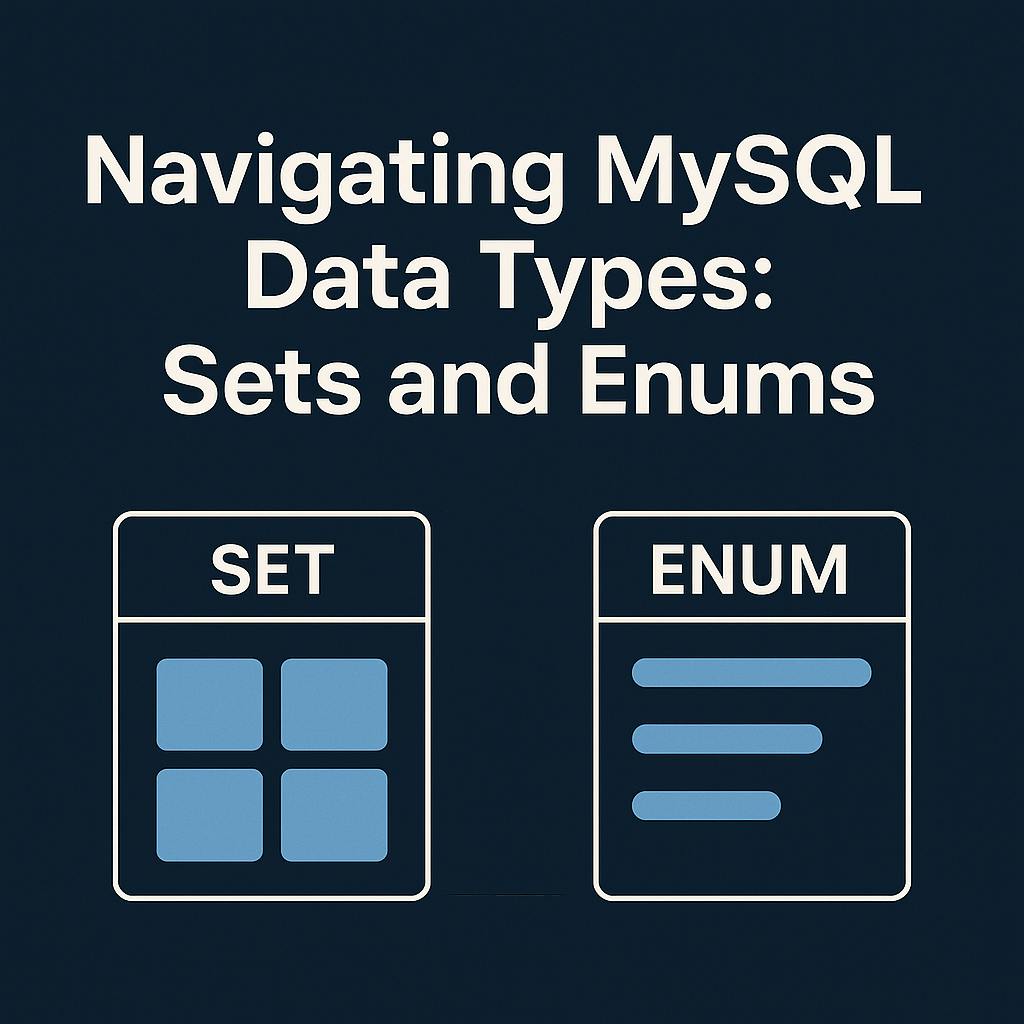#data-types
#data-types
[ follow ]
#python #javascript #mysql #programming #tuples #programming-philosophy #installation #repl #error-handling #css
fromCSS-Tricks
2 months agoCSS Typed Arithmetic | CSS-Tricks
CSS typed arithmetic is genuinely exciting! It opens the door to new kinds of layout composition and animation logic we could only hack before. The first time I published something that leaned on typed arithmetic was in this animation: But before we dive into what is happening in there, let's pause and get clear on what typed arithmetic actually is and why it matters for CSS. Browser Support: The CSS feature discussed in this article,
UX design
[ Load more ]






